Noncredit courses can help adults learn important life skills, fine-tune their English abilities, pursue a path to citizenship, and even get a GED. They also open the door to accredited courses for students who may have never before considered pursuing a degree.
Despite the tremendous benefits noncredit education offers to students and the community, oftentimes these programs fall under the radar when it comes to marketing and promotion.
Because noncredit classes don’t count toward a degree, “sometimes people overlook them,” says Chrissy Gascone, the Interim Executive Dean at Santiago Canyon College’s Continuing Education Center. “And quite honestly, a lot of times in our credit divisions, people do not know about us.”
That began to change when Chrissy’s community college focused on promoting its noncredit offerings. Increased marketing combined with an expansion of the noncredit division of Santiago Canyon College has given students the opportunity to “move between programs, advance what their goals were, have seamless transitions, not only between our programs, but then also into credit programs or into the workforce.”
Expanding your noncredit education offerings and building an effective and up-to-date marketing campaign can be a daunting task, especially with everything you already have on your plate. Luckily, we invited Chrissy to guide us through the benefits of expanding noncredit, and share some of her tips and tricks for marketing to your diverse community on an episode of the Higher Education Coffee & Conversation podcast.
Catalog Noncredit’s Comparative Advantages
Before rushing off to market your noncredit programs, first take a moment to catalog their amazing comparative advantages. The uniqueness of noncredit education means that these classes and programs have different selling points than credit programs, and these selling points can make or break your campaign. Selling points we’ve seen work for marketing noncredit programs include:
Off-campus courses allow for multi-generational change
Classes located at community venues allow your programs and classes to reach working students or busy parents. Chrissy remembers her experience teaching ESL in a local K-12 classroom. “The principal loved it, as did all of the parents that needed that opportunity. And having their kids see them in school was also a great experience for their young children in elementary school.”
Partnerships with local companies helps students and gives back to businesses
For certain classes and certifications, Santiago Canyon has teamed up with local businesses and nonprofits to not only serve local community needs, but give students valuable experience. “The end goal really is to get our students competitive employment and be able to go out into the workforce.”
Noncredit classes can reach all corners of a community
Noncredit courses can be offered across communities to populations who may not typically have the opportunity to attend college. For Santiago Canyon, that has meant collaborating with local jails, K-12 schools, and rehabilitation centers to help adults meet their education and career goals, or even get their GED.
Noncredit classes are accessible for diverse populations
Noncredit education provides flexibility for students, faculty, and the programs themselves, opening doors for students from diverse backgrounds.
“If students get a job and they can’t come, they can pick a class at another hour and move into that class. There’s a lot of flexibility within noncredit to allow them to do what they need to do in their lives as well,” Chrissy says.
Noncredit courses also offer the option to repeat classes without a negative mark on a transcript — an important feature for ESL students and students with disabilities.
Noncredit can reduce barriers to a GED
Not all noncredit departments offer test prep or GED programs, but Chrissy says it has been immensely beneficial to the community. The GED exam can be administered in prisons, where Santiago Canyon College’s Division of Continuing Education has established other noncredit courses for incarcerated individuals. Additionally, about half of its students have taken the GED in another language like Spanish or French, an option that greatly increases accessibility.
North Orange Continuing Education showcases its ESL program.
Noncredit can create a pathway to a degree program
As a former ESL teacher who taught entry-level courses, Chrissy has seen a quick transformation in students who quickly went from learning English to getting a high school degree on the same campus. “We see that a lot. And I think it’s what most people that are in adult education love about our jobs — the transition that our students are able to go through.”
Noncredit is more accessible to adults with disabilities
By reassessing Santiago Canyon’s adult learning programs, Chrissy saw the gaps in programming for adults with disabilities. Her observations led to a partnership with nonprofit organizations to develop a program geared towards getting adults with cognitive disabilities into the workforce by equipping them with valuable writing, math, and social skills.
Cross-Collaborate with Credit Programs
Noncredit education certainly has its benefits and deserves its day in the sun. But promoting it can be a challenge for a department that has long been overshadowed by degree programs and for-credit courses.
“When I was an ESL teacher, our whole outreach program… was paper flyers at offices and community centers and within our community, and that was the brunt of it. Most of our advertising came from mouth to mouth — people going and telling a friend.”
Lack of communication between credit and noncredit departments makes things even more difficult.
Cross-collaboration not only helps students who want to pursue a pathway to a degree; it can also help degree students who are interested in life skills courses or pursuing an additional certificate.
It’s Worth It! Invest the Time in Marketing a Noncredit Education
Pivoting to digital marketing — which consisted of revamping the division’s website and creating social media campaigns — was more work than Chrissy imagined.
But investing the time and money in promoting these programs is well worth it.
“You are getting revenue from your noncredit programs. So when you’re looking at a return on investment, these are the perfect programs to be marketing,” Chrissy says.
Chrissy has a few words of wisdom for getting the word out about noncredit:
- Be collaborative: Marketing is more than a single-person effort; there’s tons of moving parts, especially when you’re building a campaign from the ground up. Collaborating with other programs has helped create a successful campaign. “We included everyone,” she says, “We decided to make the landing page to ESL, but ESL had different options. They could go to a community college, or go to a K-12 [based on] what was in their area, and we focused on what was best for the student.”
- Keep it simple: Using accessible language is particularly important for noncredit programs. “Part of advertising is, there’s a lot of play on words,” Chrissy says, but “you have to look at where our students are at, in their skill level and their language level.”
- Be open-minded: Chrissy reminds us that we’re in the business of education — so when we market our education programs, we should be open to learning something, too.
She learned a lot about which promotional YouTube videos were getting the most hits and what devices students use most frequently. “To be able to get that type of information really helps in planning for the future,” she says.
Chrissy says online engagement has increased substantially since reworking her marketing campaign and making materials more accessible. The programs have grown because of it.
The holistic approach has helped Chrissy not only recruit better, but serve students better, too.
Is it Time for a Noncredit Sub-Brand?
Recruiting and Retaining Adult Learners and Non-Traditional Students
This article is based on an episode of Higher Education Coffee & Conversation, a podcast featuring higher education experts to discuss trends in marketing, communications, advancement and student success. Subscribe via Apple, Spotify or wherever you listen to podcasts so that you don’t miss future episodes!


